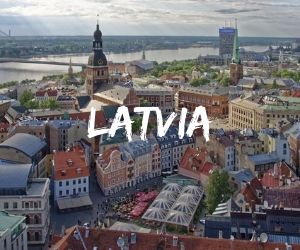This article may contain links to products and services we use and recommend. We may receive compensation when you click on links to those products. For more information, see our Disclosure Policy.
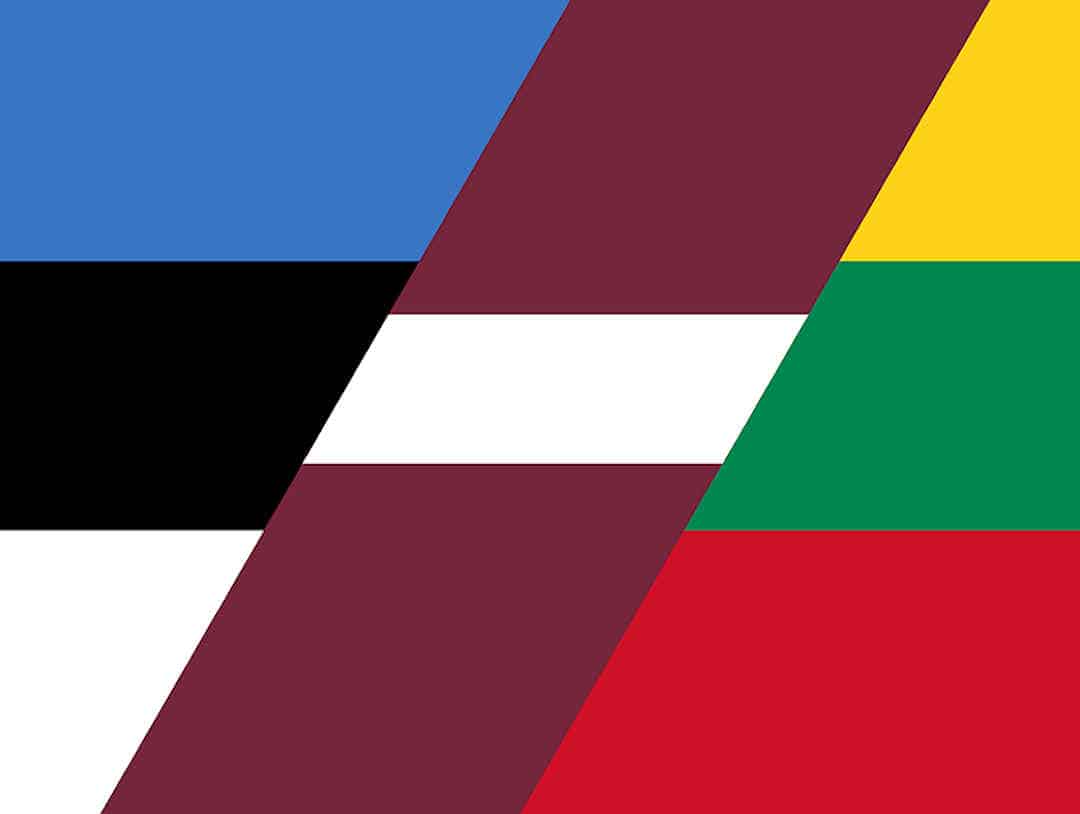
The flags of the three Baltic countries (from left to right): Estonia, Latvia and Lithuania
Why visit the Baltics?
While there is a young and dynamic feel about them, the Baltics have a lot of history waiting to be discovered. From Teutonic Knights to Russian Tsars and both Fascist and Socialist dictatorships, the Baltic countries had (more than) their fair share of invaders. The remnants from those times are everywhere: Quaint medieval old towns sit side by side with austere Soviet-era architecture, Catholic and Protestant churches next to the onion-shaped domes of Eastern Orthodox edifices. Even Baltic cuisine can tell you stories.
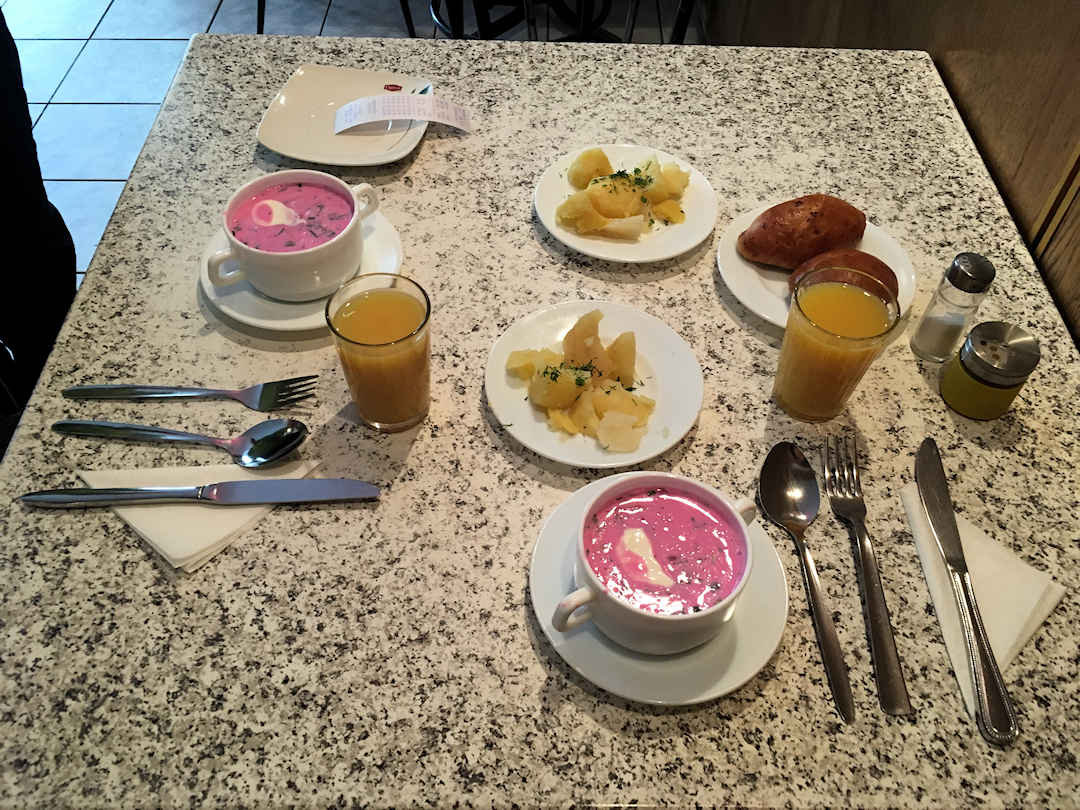
Baltic food is hearty, with influences from the foreign forces that invaded and occupied the Baltics over the centuries
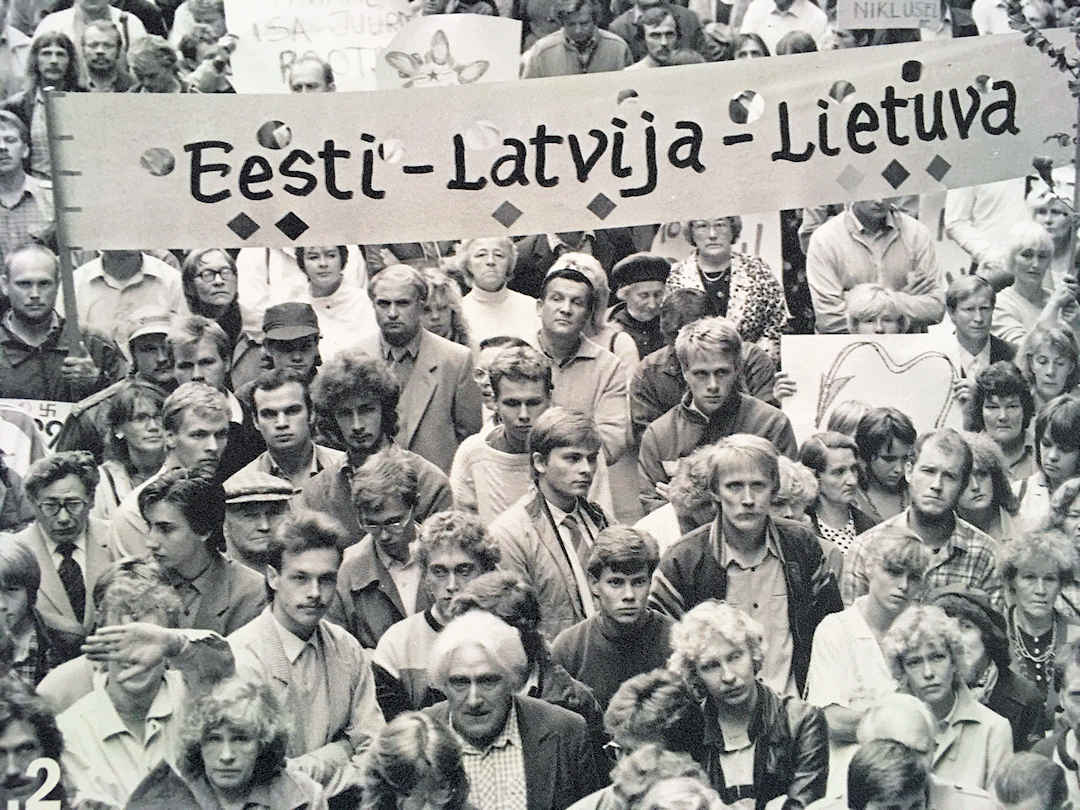
2019 markes the 30th Anniversary of the Baltic Way, which ultimately led to the Baltics regaining their independence

The Baltics are home to 14 national parks | Photo courtesy of Cristiano Sequeira on Pixabay
These days, the Baltics are a peaceful place. It feels safe travelling around Lithuania, Latvia and Estonia. People are friendly, albeit often a bit shy: most people over 40 don’t speak English.
The countries are also relatively undiscovered when it comes to tourism. Most visitors seem to focus on the UNESCO-protected historic old towns of Vilnius, Riga and Tallinn which are advertised in every tourism marketing brochure. But there is so much more to the Baltics than the capital cities and their medieval hearts. So, what are you waiting for?
How much does it cost to explore the Baltics?
Visiting the Baltic countries costs us an average of EUR45.17/USD50.54 per person daily. Check out our country costs here:
When is the best time to visit?
While our favourite travel time of the year is usually Spring (mid-March to mid-June) and Autumn (mid-September to mid-December), the three Baltic countries are best visited between the end of May/early June and mid-end August, when the temperatures are in the low 20s (centigrade that is), and the days are super long. If you want to experience the Baltics in the winter, come in February or March, when snow is still likely, but the days are longer.
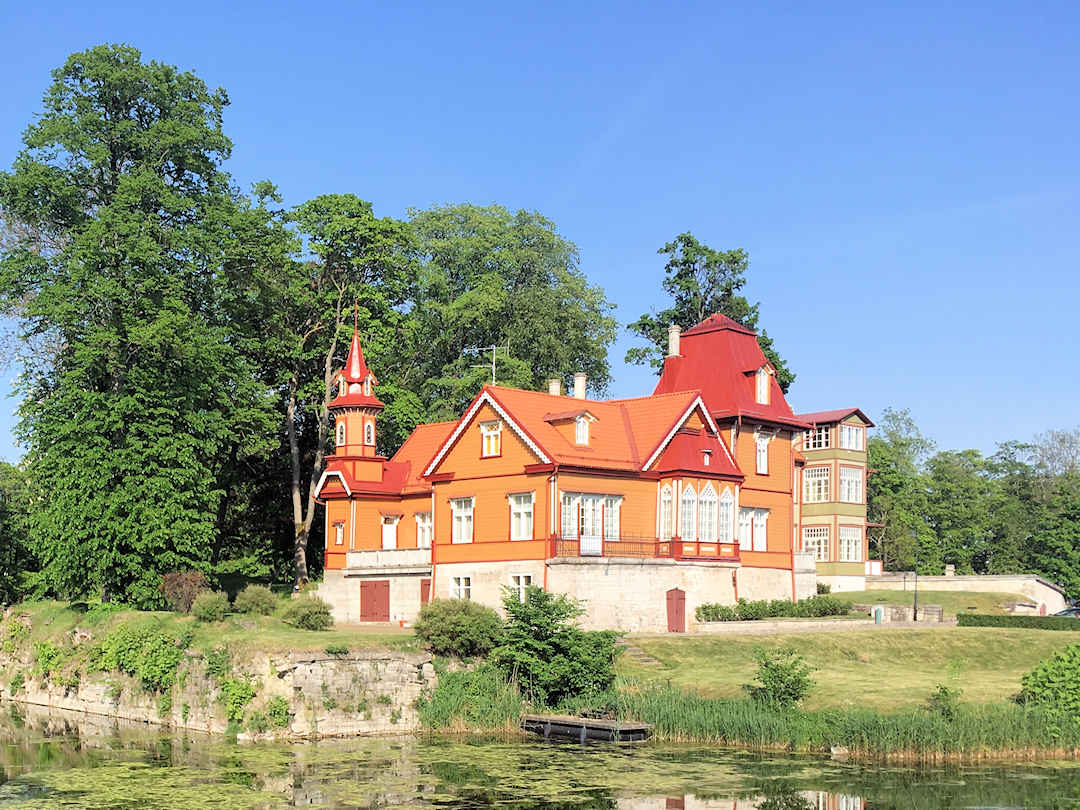
The Baltics are best visited in summer when the temperatures are warm and the days are long
Stay connected (almost) anywhere with Airalo eSIM
We use Airalo eSIMs (on Sandra's Samsung Galaxy S25) whenever we are overseas. Activating it ahead of time means we have instant internet access as soon as we land - no need to join queues to buy a physical SIM before leaving the airport. While Airalo works in over 200 countries, we couldn't use it when visiting the Yemeni island of Socotra. So, do check the country list before you buy. Also, check if your phone is eSIM-enabled.
Exclusive discount codes for our audience
If you're new to Airalo, use the code NEWTOAIRALO15 to receive 15% discount on Airalo eSIMs. If you're already an Airalo customer, use the code AIRALOESIM10 to enjoy a 10% discount on eSIMs. Offers are valid until 31 December 2026!
Why choose this itinerary?
We’ve put together an itinerary that shows you a bit of everything: historic cities, National Parks and the Baltic Sea. While our itinerary starts in Vilnius and finishes in Tallinn, it can easily be done the other way around.
All the places we recommend are reachable by public transport. Although to make things a bit easier for you, we do recommend one-day car rentals on the island of Saaremaa and for the day trip from Vilnius (and maybe Riga). Don’t worry: we provide you with all the links you need to organise your transportation further down in this post.
While this itinerary is built around a week in each country – Lithuania, Latvia and Estonia – you can easily add days here and there if you’ve got more time. Alternatively, if you’ve got only time to visit one country just pick the one that sounds most interesting to you (and come back for more another time).
So, let’s have a look at which places we have in mind for you.
Map of Accommodation, Points of Interest, Eateries and Transport
Below is a map of the recommended accommodations, points of interest, eateries, and transport terminals or stops mentioned in this article.
How easy is it to travel in the Baltics by bus or train, and where to buy tickets?
Travelling around the Baltics by bus and/or train is super easy. Our go-to website to determine what transport options exist between points A and B (and to get an idea as to how long it takes and how much it costs) is Rome2Rio.
While there are reliable bus connections pretty much everywhere in the Baltics, we find trains more comfortable and chose trains over buses wherever possible:
Train travel in the Baltics
In both Lithuania and Latvia, you can buy train tickets at the train station or on the train (both without a surcharge). Alternatively, if you prefer to purchase online (electronic tickets are accepted):
In Estonia, you can only buy train tickets online (electronic tickets are accepted) or on the train (with a surcharge). The train stations we travelled through had no ticket counters or machines at the stations.
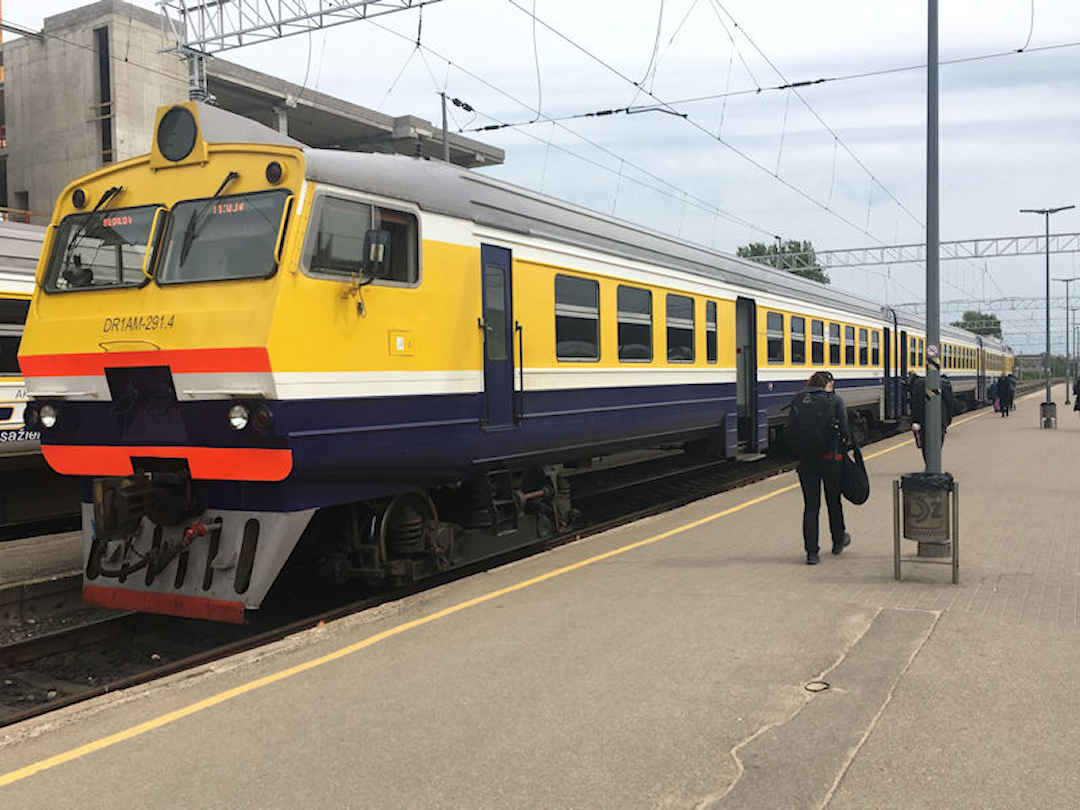
Securing your currency needs overseas can be expensive, but it doesn't have to be. We've saved a significant amount of money over the years simply by knowing what to do (or, more importantly, what not to do).
- How not to get caught out by alarming FX rates and exorbitant commissions;
- How to exchange cash on your overseas trip.
- Which debit/credit card is best for your overseas trip, and
- How do you avoid unnecessary fees when withdrawing cash?
Suppose you need to transfer money to pay for your travels upfront. In that case, we recommend Wise and XE Money Transfer (we use them interchangeably, depending on which one offers the better foreign exchange rates and lower commissions).
Bus travel in the Baltics
We booked our bus tickets in Lithuania and from Lithuania to Latvia online (electronic tickets are accepted):
but you can also buy them at the bus stations.
The Peatus website provides comprehensive route/timetable/bus company information for Estonia and between Estonia and Latvia/Lithuania, but you can’t buy a ticket through the website. Instead, you can buy your bus ticket at the bus station or online with the bus company directly:
- Book GoBus and MKBus tickets in Estonia
- Buy LuxBus tickets for any route in the Baltics.
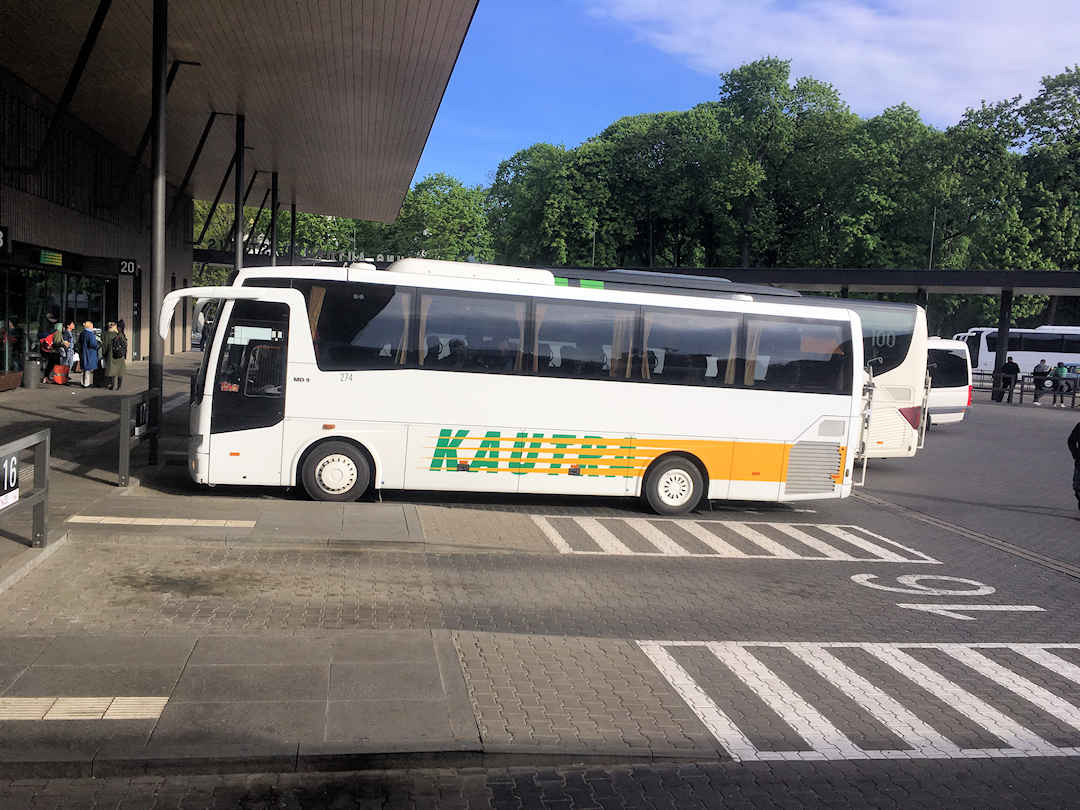
There are reliable bus connections pretty much everywhere in the Baltics
Hiring a car in the Baltics
While you don’t really need a car to explore the Baltics, we know some of you prefer your own wheels. To hire a car in Vilnius or Riga, we recommend using one of the aggregator websites like Skyscanner or Expedia. On Saaremaa, we found two rental companies:
We used Rendi Autorent (we just booked over the phone, and they dropped the car off at/picked it up from our accommodation). The car was an older model, but fine for a day. Expect to pay around EUR30 (with basic insurance).
If you do not hold an EU or UK driver’s licence, note that the car rental company may require you to bring an International Driving Permit. We encountered that issue when trying to rent a car in Tallinn (as we have New Zealand driver’s licences). If that is a concern for you too, make sure you read the terms and conditions (and if need be confirm over the phone) before you book a car.
Have you explored the Baltic states? What other tips would you add?
I wrote the Baltic itinerary based on our own experience. If you have been to the Baltics as well and you have something to add to this list of affordable things to do, please feel free to contact me. If you liked my Baltic tips and found them helpful, I would appreciate if you could share them with your friends and family via the Share buttons below. Even better, link to the page from your personal blog or social media platforms.
Before you go, if you liked our article and found it helpful, we would appreciate it if you could share it with your friends and family via the Share buttons below. Even better: Leave a short review on Trustpilot or Google, which would help us further build our online reputation as a (trustworthy and helpful) travel and lifestyle blog.



